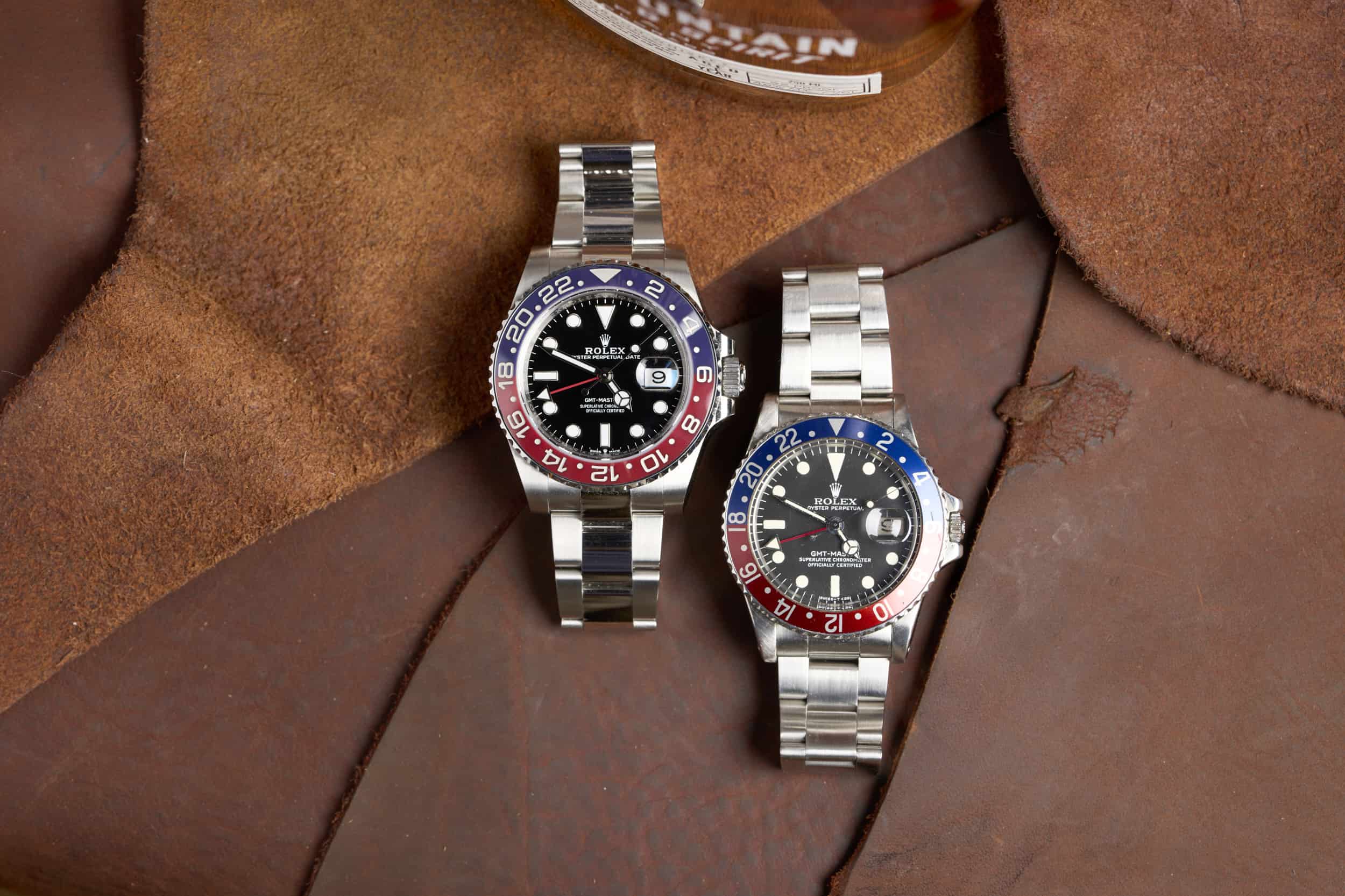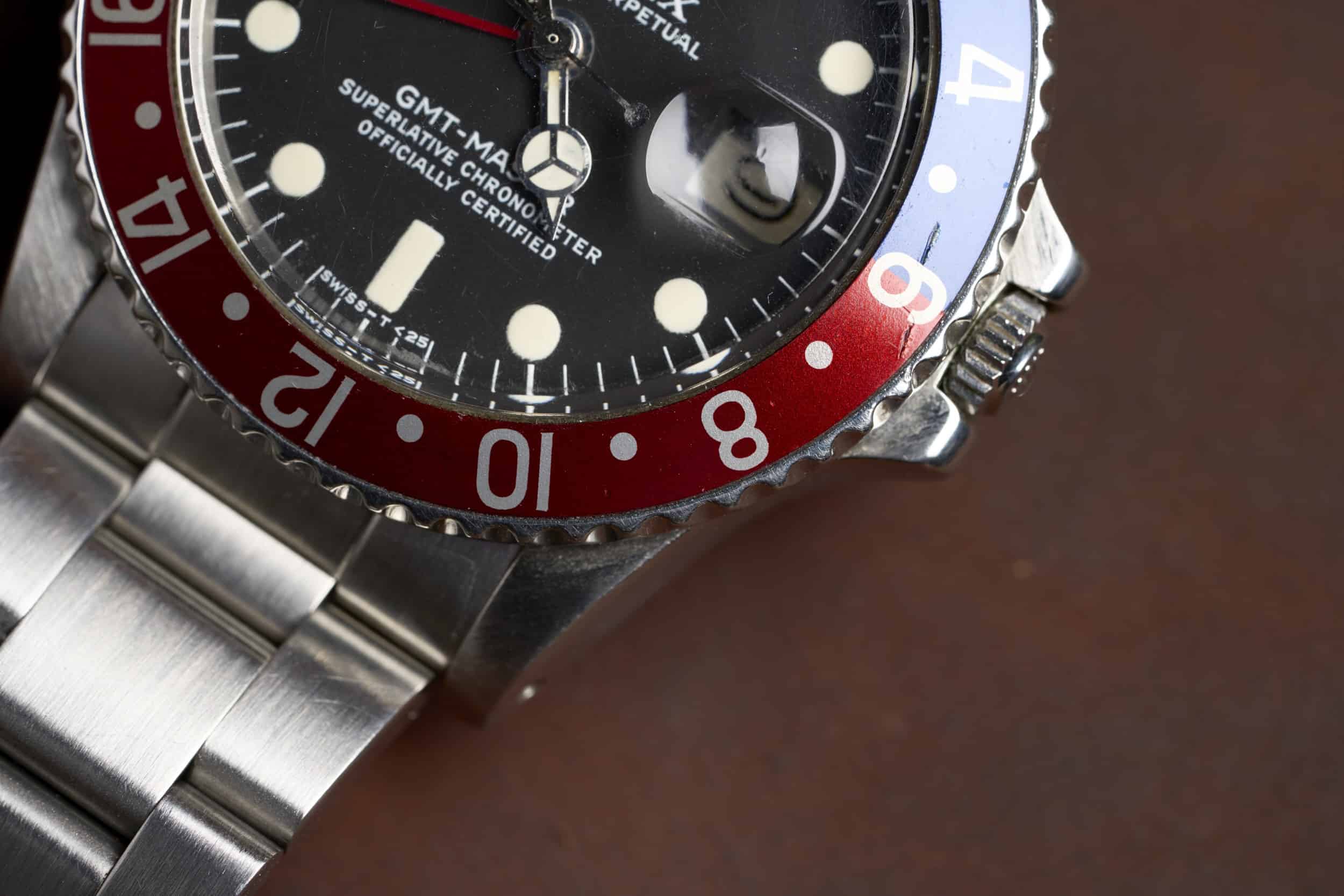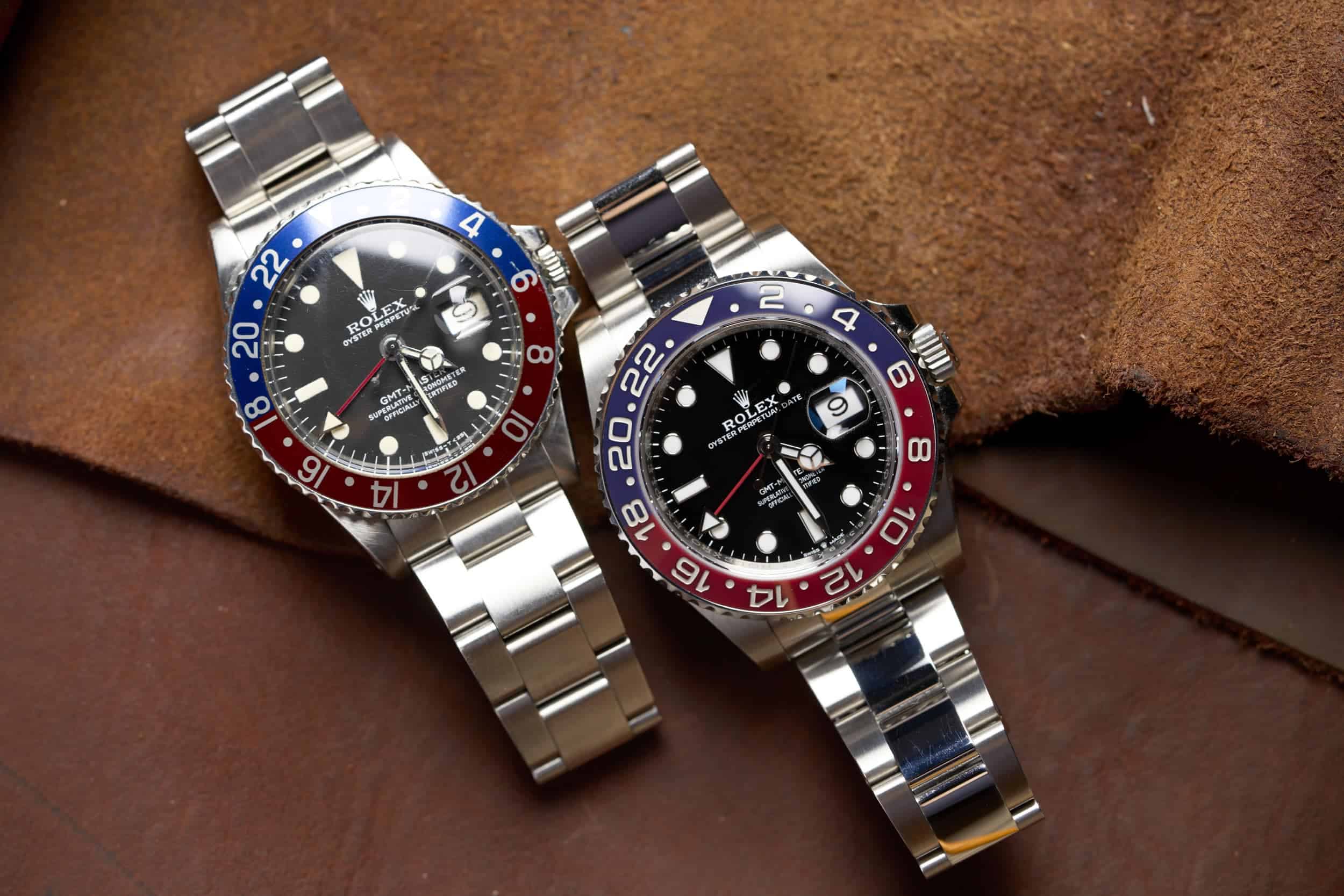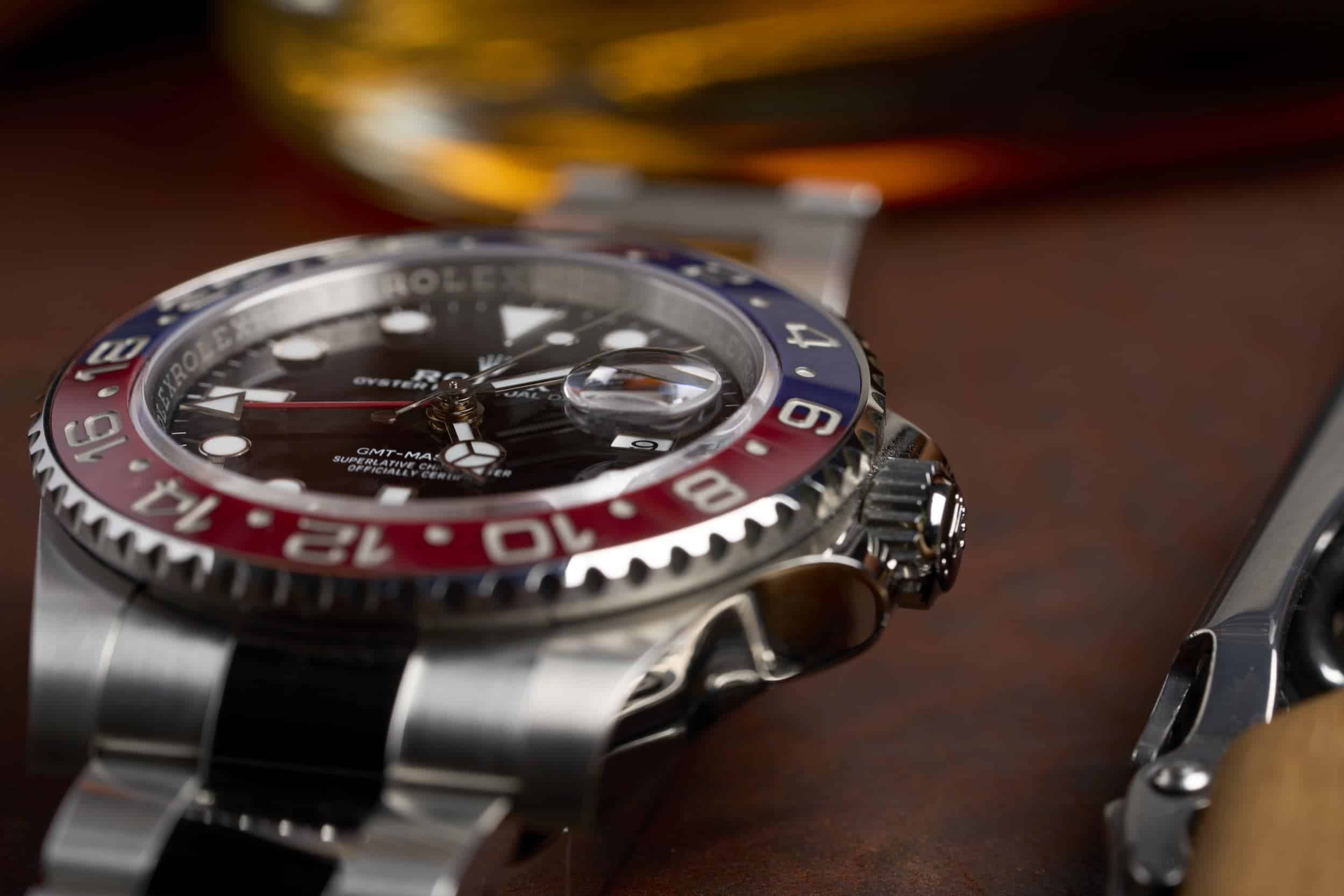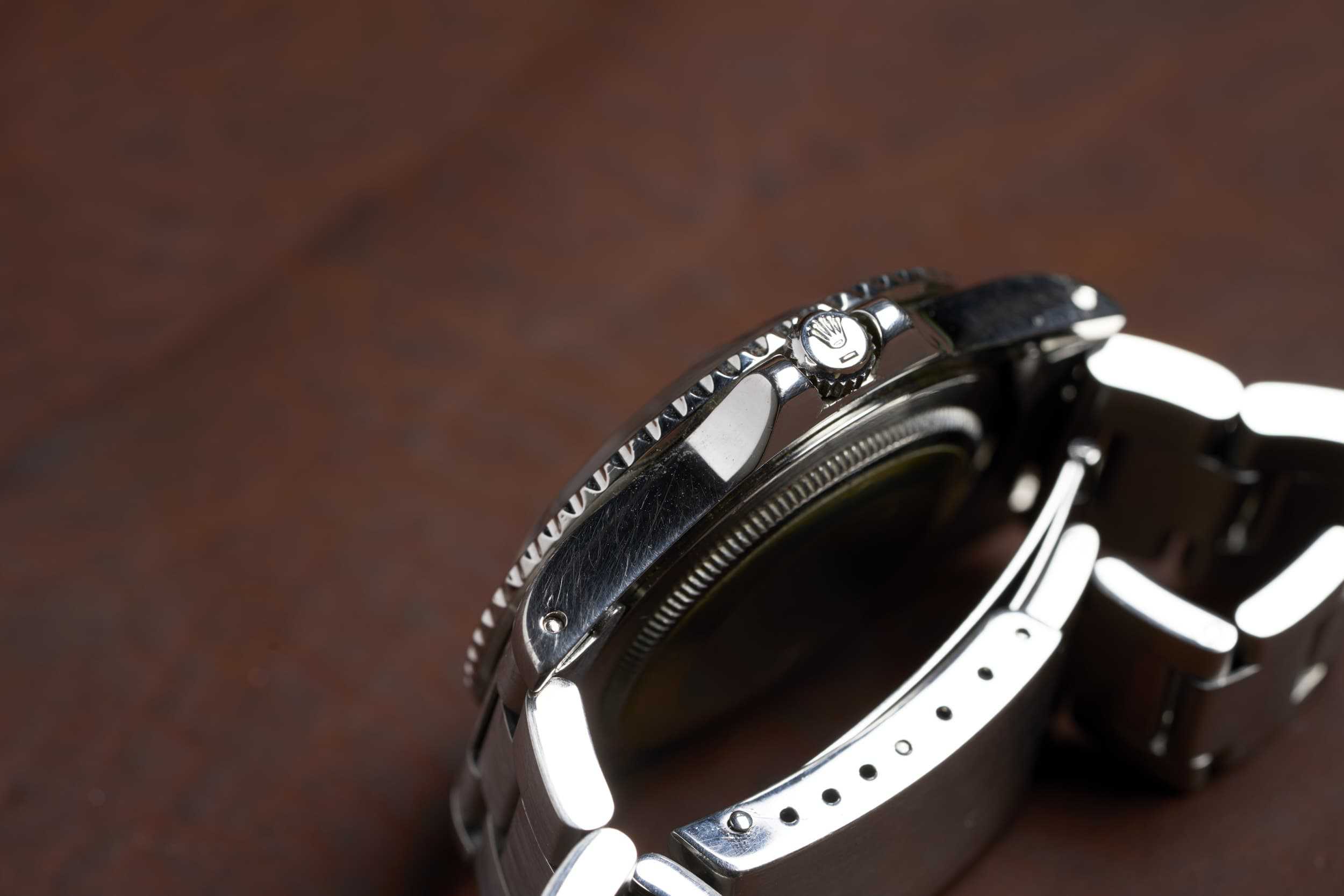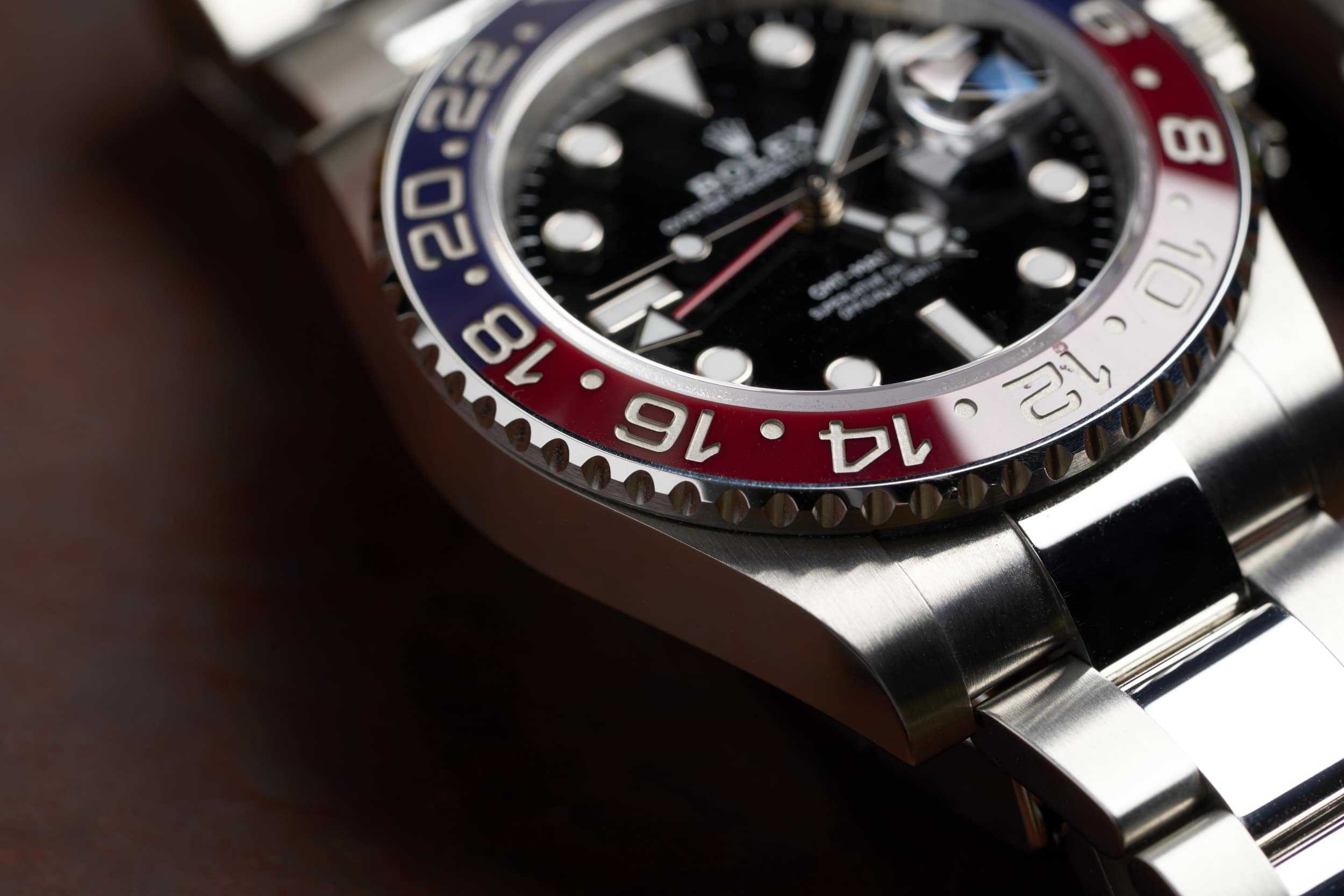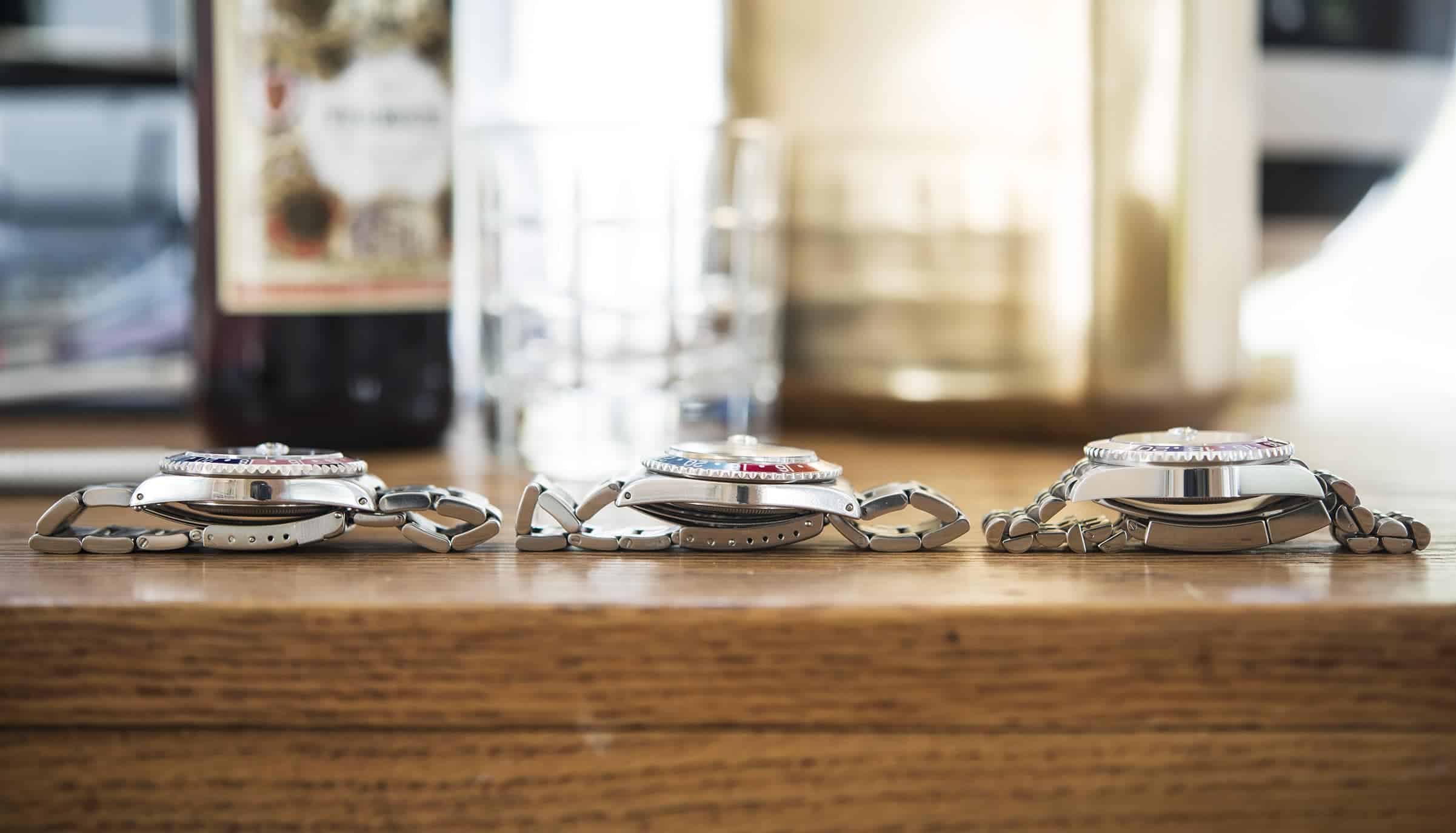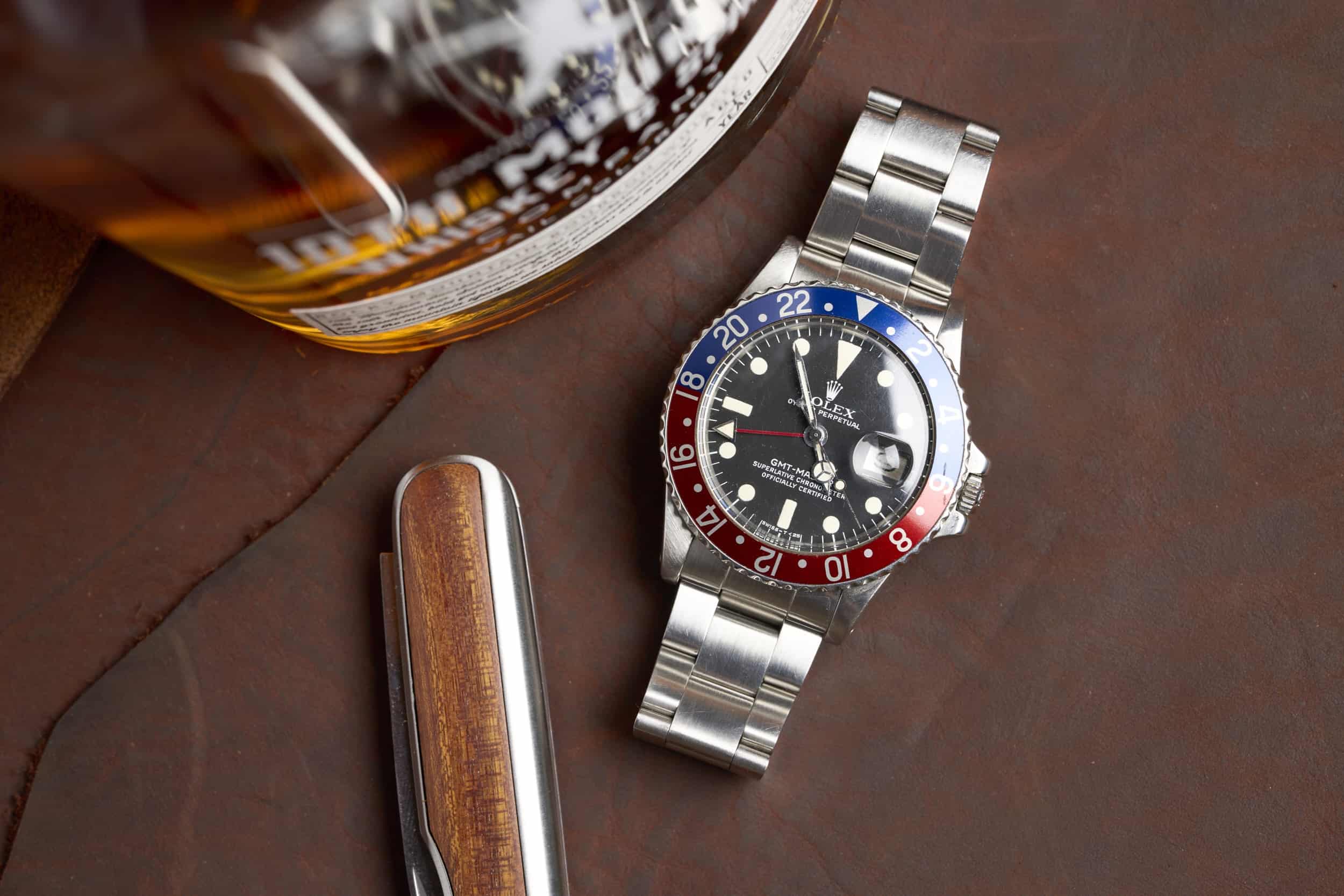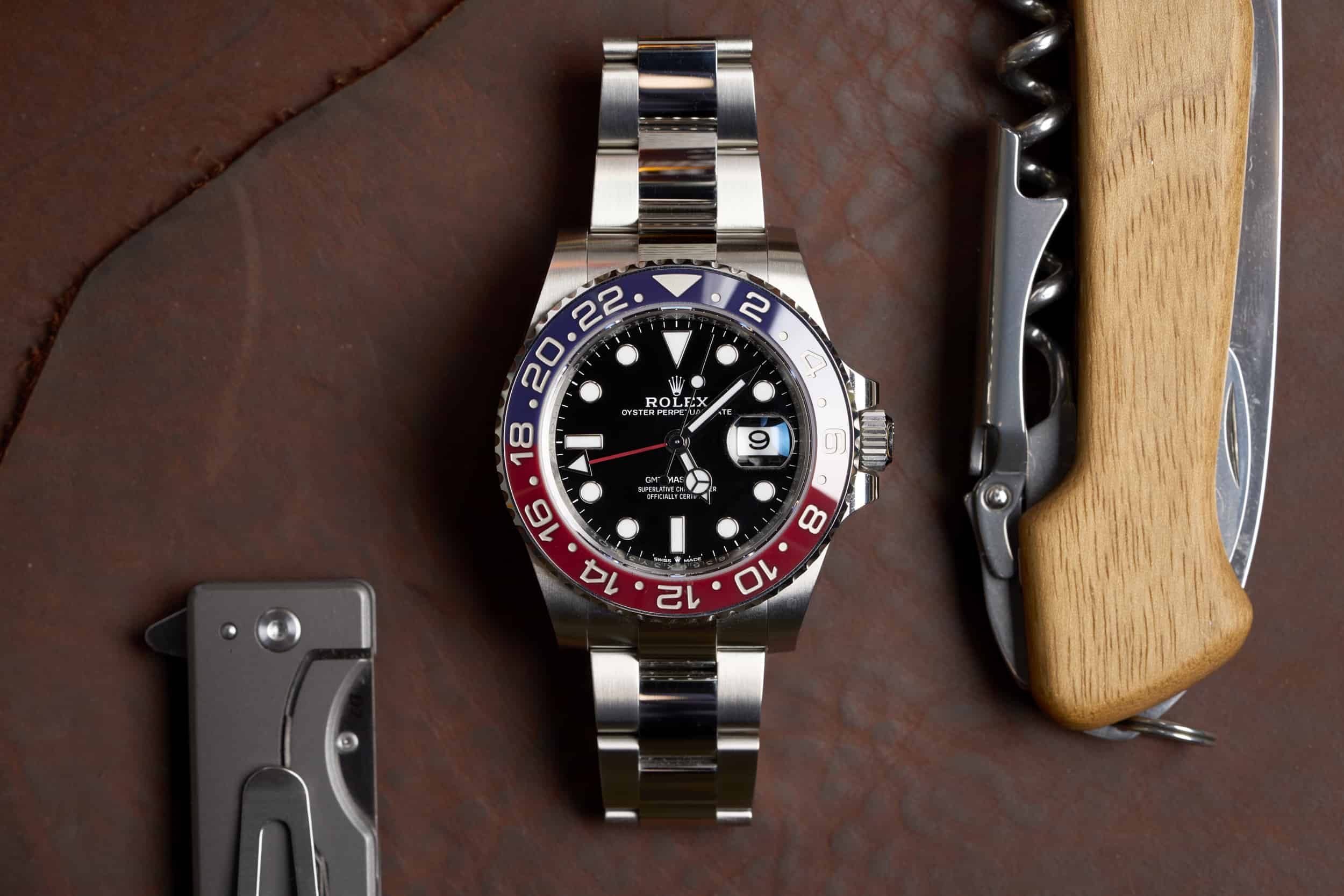I still remember the discussion I had with my wife about the prospect of buying a vintage Rolex GMT-Master reference 1675. It was a big purchase. Nearly $5,000. “I’ll only do it if I can sell a few other pieces” I promised. “…are you sure this is a good idea?” The year was 2012, and things were different in the world of watch collecting. Instagram was less than 2 years old, great watches sat in display cases, some available at a discount, and classic vintage Rolex references, like the 1675, could be had for less than $5,000.
A few watches lighter in the collection, and I was ready to pull the trigger. The 1675 was mine.
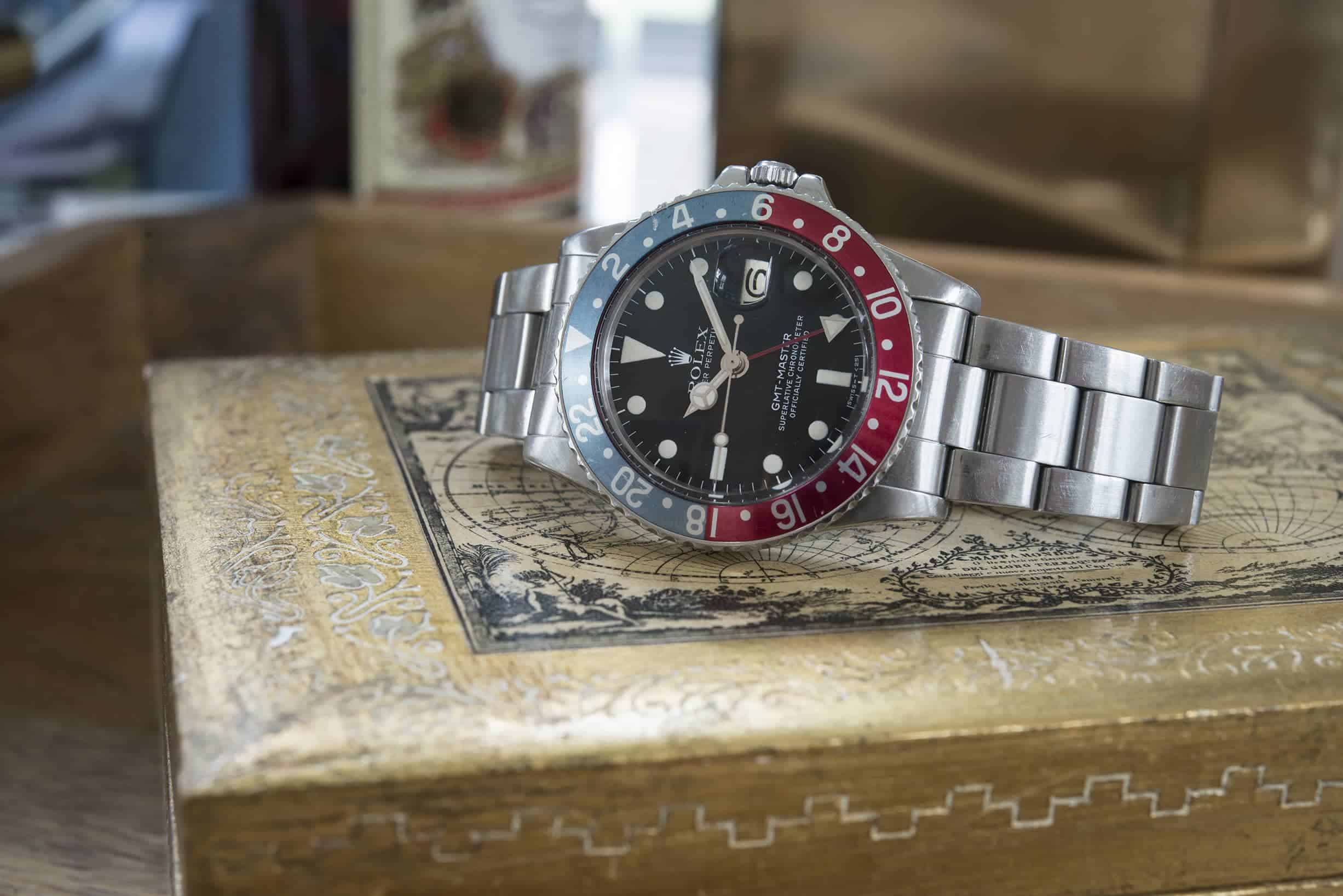
The Rolex GMT-Master enjoys a certain lore today that’s steadily accumulated over the course of a few generations thanks to its association with the jet-set era, Pan-Am, astronauts, movie appearances, and, these days, celebrities. All this pinned to the instantly recognizable Pepsi colored bezel, blue on top, rouge on bottom (BLRO). As much as the watch has changed since it was first introduced to the world in 1954 in the reference 6542, the GMT-Master II of today follows the same basic formula. Still, the space between them is vast, and each has an appeal that seems to cater to different sensibilities.









 Featured Videos
Featured Videos




